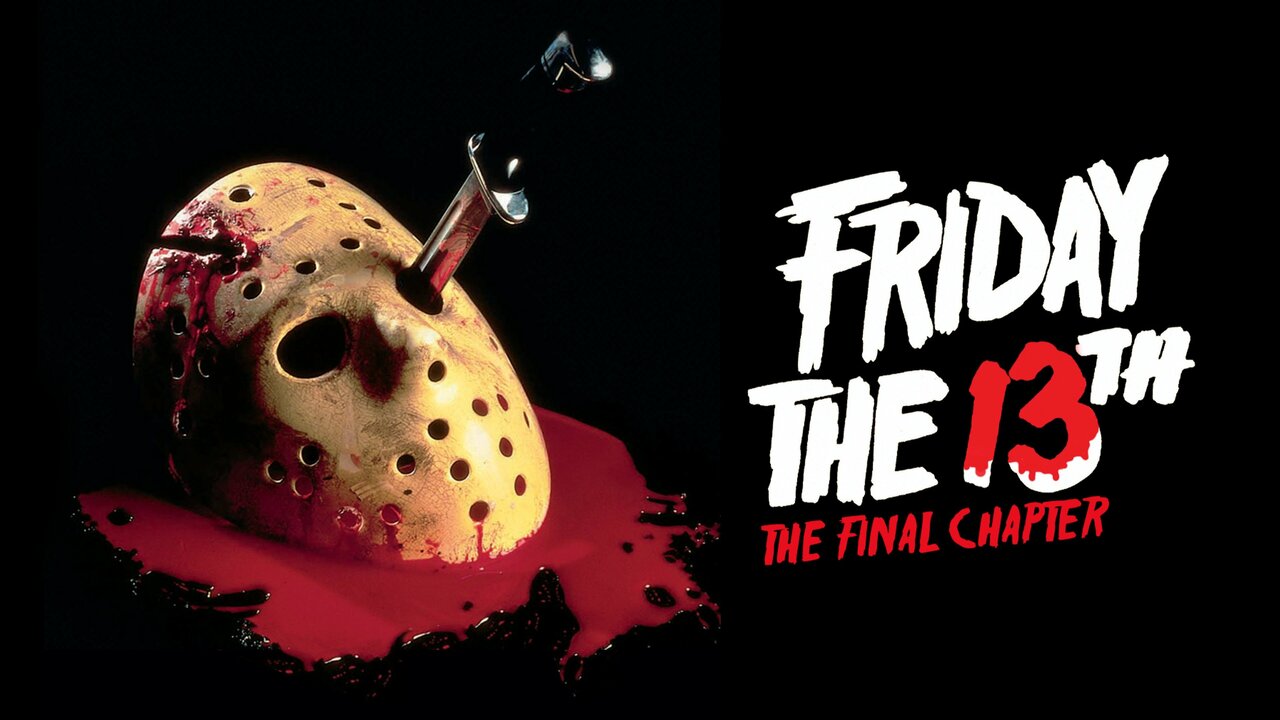"The Godfather Part II" (1974): A Masterpiece of Duality, Power, and Tragedy
The Godfather Part II (1974), directed by Francis Ford Coppola and written by Coppola and Mario Puzo, is widely considered one of the greatest films ever made. As both a sequel and a prequel to The Godfather (1972), it deepens and expands the saga of the Corleone family, offering a richly layered narrative that explores the rise of Vito Corleone and the moral disintegration of his son, Michael. It is a film of epic ambition, operatic intensity, and Shakespearean tragedy.
The structure of Part II is ambitious and groundbreaking. It tells two interwoven stories: one tracing the early life of Vito Corleone (portrayed with quiet power by Robert De Niro), and the other continuing the story of Michael Corleone (Al Pacino) as he becomes increasingly ruthless and isolated in his role as head of the Corleone crime family. Through these parallel narratives, the film explores the themes of legacy, power, identity, and the cost of ambition.

Robert De Niro’s portrayal of young Vito is a brilliant counterpoint to Marlon Brando’s performance in the first film. We see Vito’s journey from a poor Sicilian orphan arriving in America to a respected and feared neighborhood figure in Little Italy. De Niro brings a quiet dignity to the role, and his story humanizes Vito by showing how his rise to power was rooted in survival and a desire to protect his community.
In contrast, Al Pacino’s Michael is a man losing his soul. Now fully entrenched as the Don, Michael runs the family empire from a cold, fortified Lake Tahoe compound. While expanding his influence through business and politics, he also becomes consumed by paranoia and betrayal. He alienates his wife Kay (Diane Keaton), clashes with his older brother Fredo (John Cazale), and ultimately sacrifices every personal relationship in his pursuit of absolute control.

One of the film’s most heartbreaking arcs is the tragic fallout between Michael and Fredo. Michael’s discovery of Fredo’s betrayal—and his cold decision to have him killed—serves as the emotional climax of the film, symbolizing the irreversible moral decay of a man once seen as the reluctant heir. Pacino’s performance is haunting, filled with silent rage and inner torment, and arguably the finest of his career.
Coppola's direction is masterful, capturing both the sweeping grandeur of the immigrant experience and the intimate devastation of familial collapse. Gordon Willis's cinematography paints the film in dark, shadowy tones that mirror the characters’ internal darkness, while Nino Rota’s mournful score reinforces the film’s atmosphere of melancholy and foreboding.

The Godfather Part II won six Academy Awards, including Best Picture, Best Director, Best Supporting Actor (Robert De Niro), and Best Adapted Screenplay. It was the first sequel in history to win Best Picture—a testament to its narrative and artistic power.
In conclusion, The Godfather Part II is not only a landmark in cinematic storytelling but also a profound meditation on power, corruption, and the loss of one’s humanity. It is a rare sequel that not only lives up to its predecessor—but transcends it.



-1751957913-q80.webp)